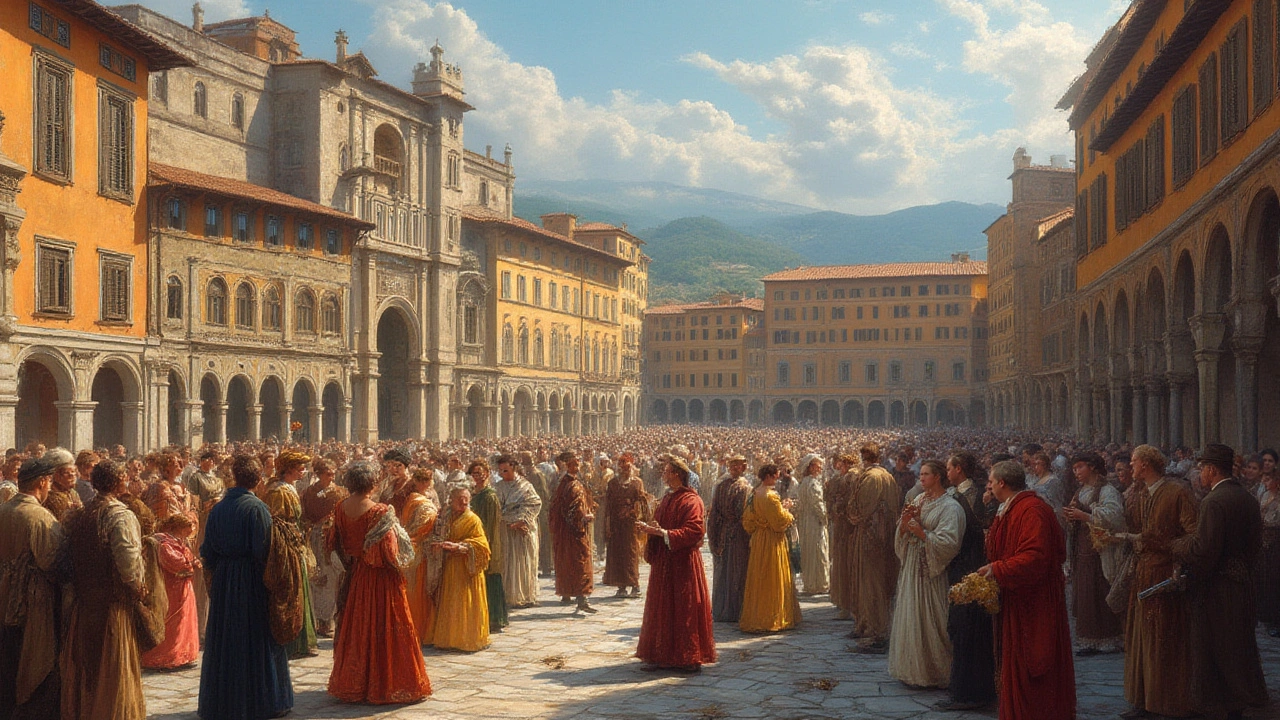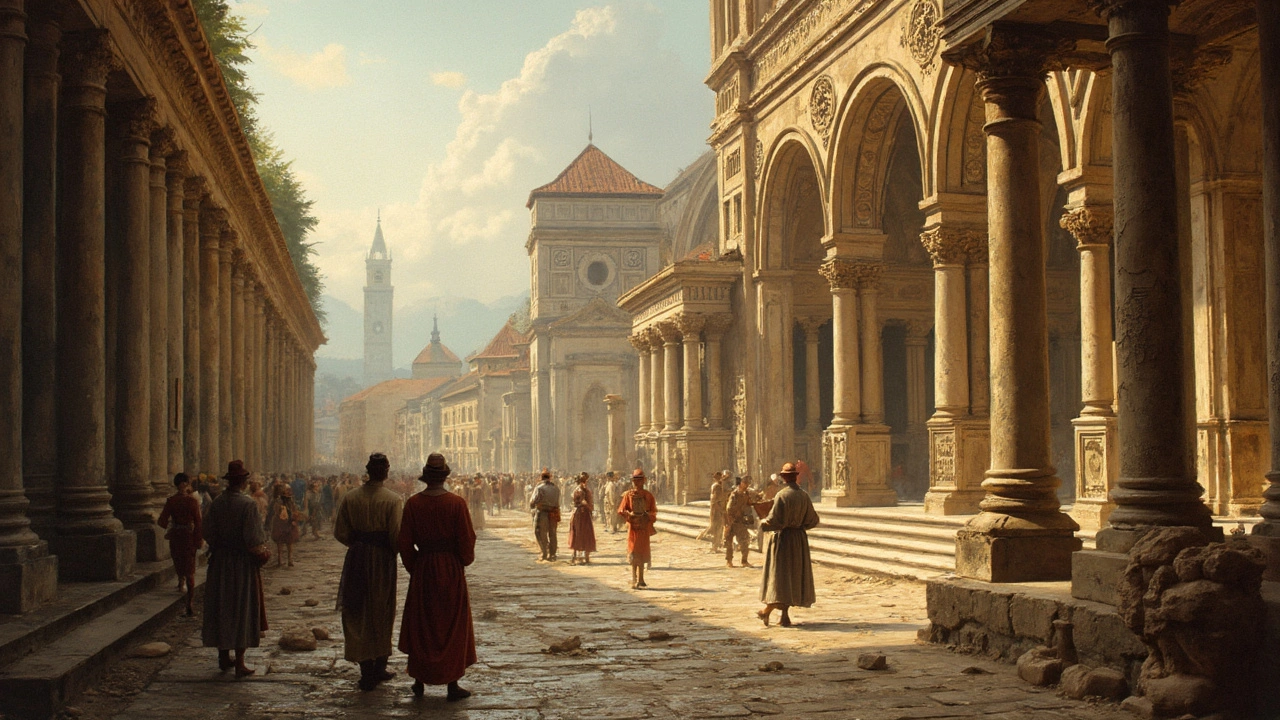Discover the Renaissance—a time of genius, beauty, and innovation. From Florence to Leonardo, get the basics on art, ideas, and drama that changed Europe forever.
Florence: Architecture, Art, and Design You Can See and Use
Florence packs centuries of architecture into a walkable city. You can stand under Brunelleschi’s dome, study carved façades, and spot design lessons that still influence buildings today. This tag brings together our articles and practical guides focused on Florence—Renaissance innovation, classical roots, and the details that matter.
Start with the big picture: the Renaissance changed how architects thought about space, light, and proportion. If you want a clear case study, read our piece on Renaissance Architecture for examples like the Duomo and the way domes and columns return in modern designs. Want to see how older Roman techniques survived? Check the articles on Ancient Roman Architecture and Roman techniques that explain arches, vaults, and concrete methods you can trace in Tuscan buildings.
How do you spot styles while you walk? Look for symmetry, clear geometry, and classical orders for Renaissance work. Gothic will show pointed arches and vertical emphasis. Baroque uses drama, curves, and rich ornament. Beaux-Arts mixes classical formality with big, ceremonial facades. Our tag groups posts that explain these traits with photos and plain tips so you learn fast without jargon.
For designers and students, Florence is a living textbook. Pay attention to materials: pietra serena stone, terracotta tiles, carved marble, and stucco finishes tell you about local craft and climate choices. Measure proportions with your eye: the rhythm of windows, the spacing of pilasters, and how light falls across a courtyard teach more than diagrams. Use our articles on design elements and historic techniques to copy ideas into sketches and small projects.
Quick guide: styles to spot
Renaissance — horizontal balance, domes, classical columns.
Gothic — pointed arches, ribbed vaults, tall windows.
Baroque — movement, ornament, theatrical light.
Beaux-Arts — grand stairs, sculptural details, symmetry.
Neoclassical and Greek Revival — simple columns and temple fronts.
How our articles help
We group deep reads and short how-tos. Read longer pieces for history and technique, like our posts on Renaissance Revival and Greek Revival. Pick shorter guides for practical tips: preservation advice, spotting features, or using historical ideas in modern homes. If you’re planning a visit, start with a photo-rich primer, then read targeted posts before you head to a site.
Use this tag to move from casual curiosity to confident observation. Bookmark articles you like, take photos on your walk, and compare them to our style notes. Florence isn’t just beautiful to look at — it’s packed with lessons you can reuse in your designs, renovations, or next creative project.
Try this quick checklist on a street walk: note one dome, one courtyard, and one façade each hour. Sketch proportions roughly, label materials, and take one close photo of a detail. Back home, match your notes with our posts on techniques and materials to deepen what you saw.
Want to use Florence styles in a project? Read our tutorials on blending historic details into modern plans, and drop us a comment with your sketch — we often reply with specific pointers. Subscribe to the Florence tag to get new classics and practical tips. Sign up.
Renaissance architecture isn’t just about beautiful old buildings—it's about a time when art and engineering came together like never before. This article breaks down how Renaissance thinkers influenced design, why symmetry suddenly mattered, and what makes these structures so ahead of their time. You’ll find out how architects in Florence shook up old ideas and set the template for modern buildings. There's a reason cities like Rome and Venice are tourist magnets—their hidden design tricks can actually help you spot real Renaissance work. Get ready for stories, tips, and down-to-earth explanations to help you see these landmarks through new eyes.


